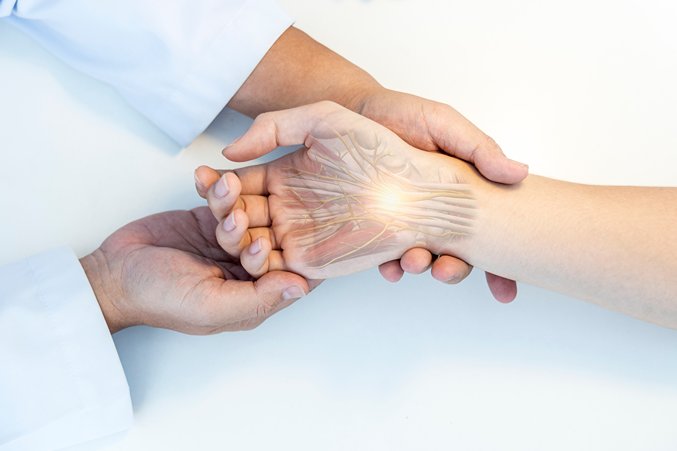A1 pulley release, also known as A1 pulley division or A1 pulley decompression, is a surgical procedure commonly performed to relieve the symptoms of trigger finger. Trigger finger is a condition characterized by the inflammation or thickening of the A1 pulley, a fibrous band located at the base of the affected finger. This leads to difficulty in smoothly flexing or extending the finger.
During an A1 pulley release, a surgeon makes a small incision in the palm or finger, exposing the A1 pulley. The pulley is then carefully divided or released, allowing the tendon to move freely without any obstruction.
Here is some patient information you might find helpful:
- Purpose: The main goal of an A1 pulley release is to alleviate the symptoms of trigger finger, such as finger stiffness, popping or clicking sensation, pain, and difficulty in finger movement.
- Procedure: The surgery is typically performed on an outpatient basis, under local anesthesia. It generally takes about 15-30 minutes to complete. In some cases, the surgeon may also explore the tendon sheath for any related issues.
- Risks and Complications: Like any surgical procedure, there are potential risks involved with A1 pulley release. These may include infection, bleeding, nerve or blood vessel injury, persistent or recurrent triggering, scarring, and stiffness.
- Recovery: Following the surgery, a bulky dressing or a splint may be applied to protect the incision site. The hand may be immobilized for a short period to allow proper healing. Physical therapy exercises or finger exercises might be recommended to restore finger strength and flexibility. Most patients can resume normal activities within a week, and complete recovery typically occurs within a few weeks to a couple of months.
- Postoperative Care: It's important to keep the surgical area clean and dry, following any instructions provided by your surgeon. Pain medication may be prescribed to manage postoperative discomfort. Regular follow-up appointments should be scheduled to monitor healing progress.
Remember, this information is a general overview, and it's crucial to consult with your healthcare provider or hand surgeon for personalized advice and guidance regarding your specific condition and treatment options.
Contact Dylan now...
Phone: 03 968 3429
Email: Click to Email


